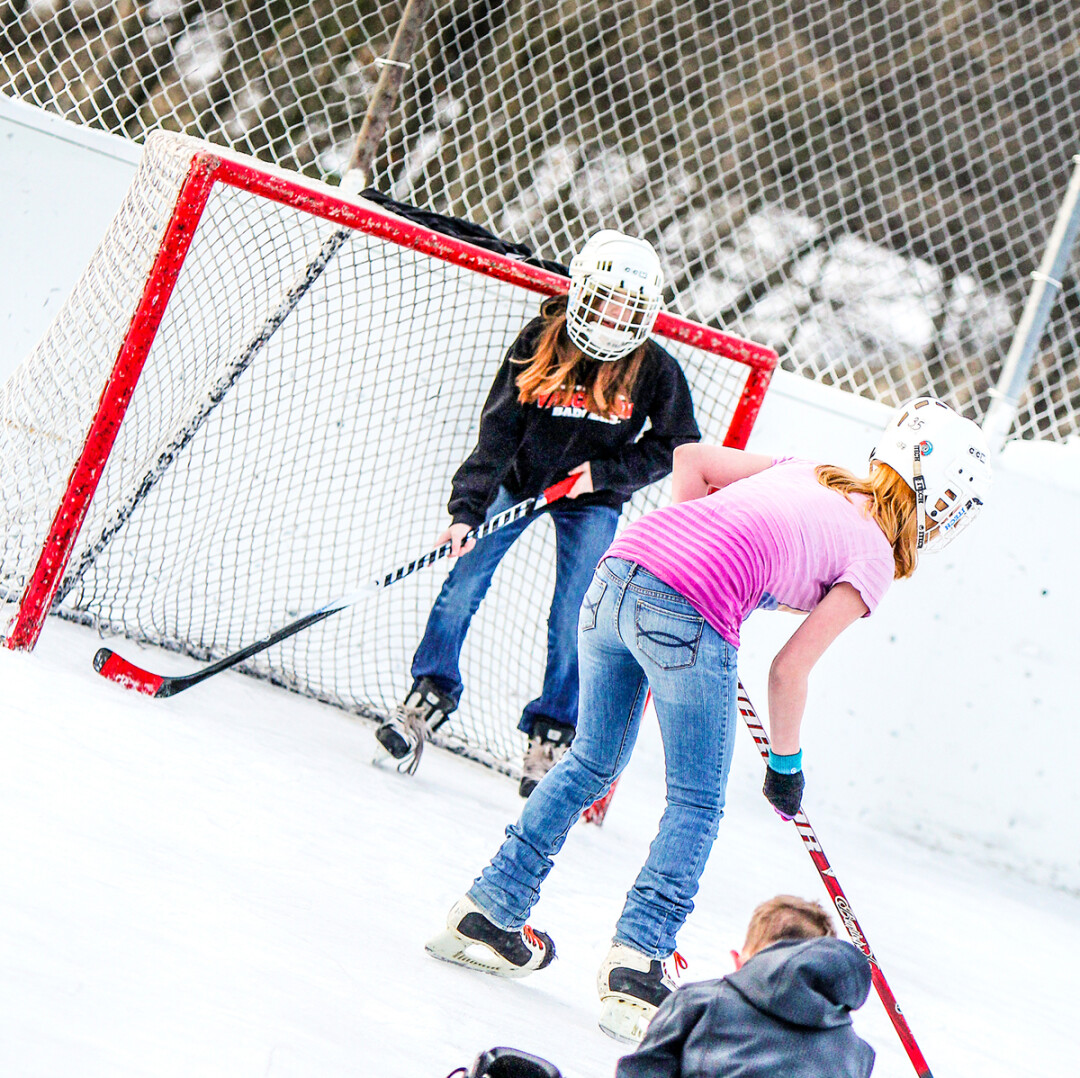How to Keep Your Family Active When Winter Weather Drives You Indoors
Lauren Fisher, photos by Andrea Paulseth |

School, homework, holidays, shorter daylight hours, and an ever-increasing pile of essential cold-weather gear become a nearly insurmountable obstacle in the way of staying active during the winter. Adults and children alike often experience a decrease in physical activity as the cold sets in, especially before snow accumulation allows for outdoor activities like sledding, snowshoeing, and skiing. However, there are options for every lifestyle for bringing exercise inside during the school year.
One of the biggest hurdles for families with busy schedules is finding the time to make sure everyone is getting enough exercise. According to the Centers for Disease Control, children and adolescents should do at least 60 minutes of physical activity every day to ensure the development of healthy bodies and motor skills. However, that hour doesn’t need to be achieved all at once, according to Dr. Saori Braun of UW-Eau Claire’s kinesiology department. Parents can find 15 or 20 minutes at a time to inspire their kids to move around, and the time adds up quickly.
Working It In
The next step is to work physical activity into a family’s lifestyle. It can be as easy as inviting children to help out with age-appropriate housework, or as involved as signing them up for classes at one (or more) of the various indoor recreation centers in the Chippewa Valley.
Helping keep the house tidy is a great way for children to stay moving inside, according to Braun. Laundry, for example, requires children to squat and lift clothing, which is a resistance exercise, and carry it to and from the washer and dryer. Taking the laundry up and down stairs is an aerobic activity that gets the heart pumping and works the respiratory system.
Once the chores are done, turn on some music and dance! Dancing is something families can enjoy together, and when parents engage with their children through dance they show them that physical activity is fun and fulfilling.
Parental involvement is very important to instilling a love of activity in young people, Braun said. Studies show that when children have active caretakers, they are more likely to be active themselves. “It’s a behavior change that has to happen in adults, so they can be role models for kids,” Braun said of developing exercise habits.
Getting out
If you need to take the show on the road, look for ways to get the family active while you’re out. Mayo Clinic Health System sponsors a play area for small children in Oakwood Mall that has safe equipment for children to climb and play on. If your child is old enough, when you’re at the grocery store allow him or her to walk instead of riding in the cart.
The Chippewa Valley has a multitude of options for indoor fitness in the form of events, activities, classes and leagues. Plan a weekly family outing to Hobbs Ice Arena for open skating, go bowling or rollerblading, or visit a trampoline park.
For more structured activity, parents can enroll their children in any of the multitude of classes offered in the area. The Eau Claire YMCA and its L.E. Phillips YMCA Indoor Sports Center offer sports leagues and lessons for youths and adults.
Braun admits that as a former gymnast she might be biased, but she recommends gymnastics as an excellent choice for young people. Even beginner classes for toddlers encourage healthy bone, muscle, and respiratory development through running, jumping, and climbing.
“Play is so much more important for kids than making them exercise,” Braun said. When movement is fun, children make positive associations with being active and are more likely to pursue physical activity later in life.
Classes and group activities allow children to play with others, which helps develop social skills alongside physical ones. “When kids play together with other kids, there’s a sense of unity,” Braun said. This feeling, along with working together with others, develops a child’s self-confidence.
Get the Blood Pumping
Exercise is helpful to academic and intellectual improvement as well. When children are active, the blood flow to their brains is increased, aiding in brain development. Additionally, children who get enough physical playtime are better able to focus in more sedentary situations such as class, improving behavior and retention.
As children grow into adolescents, their playtime can become more structured with classes and organized sports. Basketball and volleyball are great for continuing bone development: Specifically, jumping causes good stress on bones, which induces structural improvement.
For families with children who have cognitive, physical, or sensory disabilities, the UWEC kinesiology department offers a specialized recreation program weekly at the McPhee Physical Education building on campus. Founded by Dr. Marquell Johnson, an associate professor at UWEC, Physical Activity and Recreation for Individuals with Disabilities in the Eau Claire Area (PRIDE) is suited to children 5-16 years old with varying ability levels.
“Taking care of kids, that in itself is a lot of physical activity,” Braun said. But it’s worthwhile. Maintaining an active family lifestyle helps ensure that children grow up healthy and strong and teaches them to love moving.


















